How to Reduce High Prey Drive in Dog
- Anja Boecker
- Updated: 2023-08-18
Your dog sees a cat, deer or rabbit and runs away? You are not alone in this problem. To find out what you can do if your dog has a strong hunting disposition, read this article on anti-hunting training.
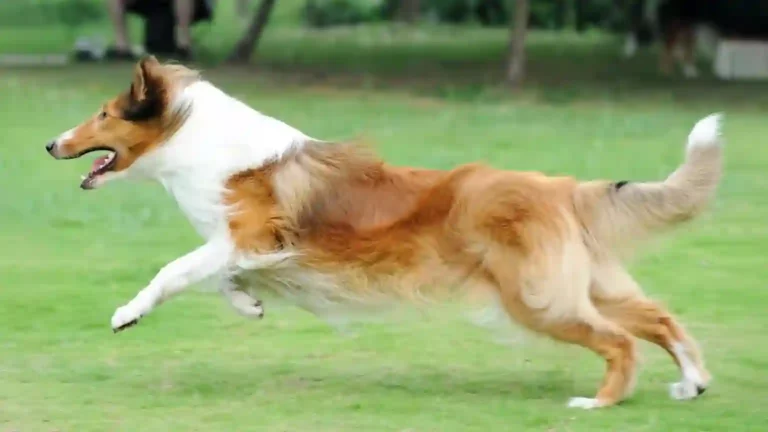
Why Is It Important to Manage the Prey Drive of One’s Dog?
The goal of anti-prey drive training is to control a dog's hunting behavior and steer it in a safer direction.
Many dogs, especially those with a prey drive heritage, have an innate urge to chase moving objects or animals. This can become dangerous in certain situations, especially when the dog is off leash or when small pets are nearby.
Anti-prey drive training is not, strictly speaking, anti-hunting training because you cannot train your dog to hunt. But through obedience exercises and bonding training, it is possible to let him hunt in a controlled way.
The goal is to show your dog that you are much more interesting than rabbits, deer, or cats.
Triggers prey drive behavior:
- Moving objects (e.g., cyclists, joggers)
- Small animals (e.g. squirrels, birds)
- Certain sounds
- Toys that mimic movement
If your dog's prey drive instincts lead him into dangerous situations, if he gets off the leash, or if he endangers other animals or people, it's time for anti-hunting training.
It is important to emphasize that anti-hunting training requires patience, consistency, and often the guidance of a professional dog trainer.
Each dog is an individual and what works for one dog may not work for another. Therefore, training must always be tailored to the individual dog.
The Dog Is a Natural Predator
On a sunny day, you take your beloved four-legged friend for a walk in the park. Suddenly, a squirrel scurries by, and before you know it, your dog is off leash and chasing the squirrel.
Sound familiar? Many dogs have a natural hunting instinct. But don't worry! There are ways to control this behavior and even turn it in a positive direction.
Prey drive is in the dog's blood. Some dogs are so fixated on their prey that they are oblivious to everything else. They do not respond to calls or whistles. Does your dog feel the same way? Then his enthusiasm for hunting is a real danger:
- Your dog is putting himself in danger by running across a busy street.
- And he puts other people in danger.
- The hunted animal will run until it is exhausted. Even if he doesn't catch it in the end, he may die of a heart attack.
Prey drive is genetically fixed, it cannot be trained out of the dog. With anti-hunting training, however, you can redirect your dog's energy and control his hunting behavior.
You allow him to follow his natural instincts, so to speak - but according to your rules.
Where Do Prey Drive Instincts Come From?
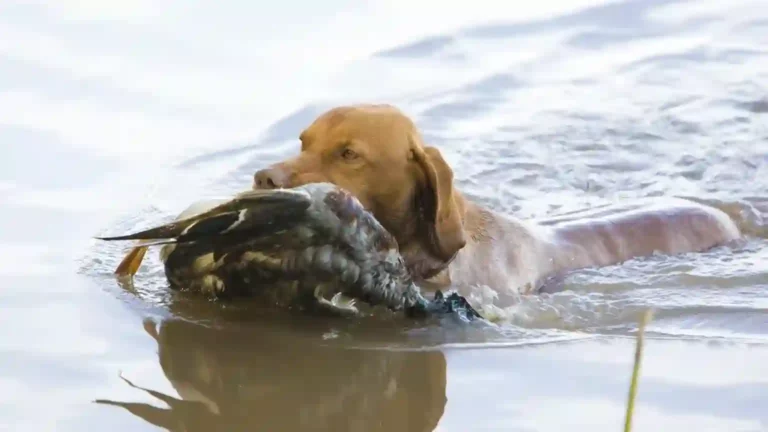
The prey drive behavior of the dog is genetically determined. Here the heritage of the wolf shows:
Free-ranging wolves feed on prey. Some dogs do not react at all to a passing hare. Others will pounce on the prey immediately.
Does every dog have a prey drive? Yes and no. Every dog has some prey drive instinct, but the intensity and type of hunting behavior can vary greatly depending on the breed, individual, and upbringing.
The strength of the prey drive instinct depends on the breed of the dog.
Breeds With High Prey Drive Instincts
Some breeds have been bred specifically for hunting. Especially hunting dogs like Beagle, German Shorthair, Basset Hound, Dachshund or Dalmatian are known for their strong hunting instinct.
But terriers, greyhounds and many other breeds can also exhibit this instinct. However, hunting behavior can occur in any dog, regardless of breed.
It is in their blood to track, chase, and catch wild animals. In other breeds, hunting plays a secondary role. However, there are no dogs without a hunting disposition!
Why Dogs Like to Chase Prey
Chase fever can strike any dog. During the hunt, your furry friend's body releases happy hormones: Endorphins turn the hunt into a self-reward.
This means that even if your dog doesn't catch the game in the end, the hunt itself will make him unspeakably happy.
This feeling of happiness makes everything else fade into the background. It is best not to let it get that far. Anti-hunting training helps you do that.
What Does the Anti-Prey Drive Training Consist Of?
Anti-hunting training consists of several units. It is important that your dog is oriented to you in every situation. The closer your bond, the better it will work.
- Basic Obedience: Your dog should know the basic commands. These include Sit, Down, Stay, Come, Off, and Heel.
- Binding Exercises: Through targeted bonding exercises, you can improve the relationship between you and your four-legged friend. Through joint activities such as dog sports, you will have the opportunity to strengthen your teamwork skills so that you and your pet form a harmonious unit.
- Attention Exercises: Your dog will learn to pay attention to you and be responsive at all times.
- Impulse Control: Anti-prey drive training teaches your furry friend to resist her instinctual urges. Instead, she focuses her attention on you and what you are doing.
Until the anti-hunting training takes effect, you should keep your hunting dog on a leash for safety's sake. This will give your pet some freedom of movement. If he runs after a wild animal, the leash will stop him.
Please note that recall training can take months. With patience and consistency, your dog will master impulse control so that you can work with recall. Even after that, you should repeat the training regularly.
How to Manage Prey Drive in Dogs in 3 Step
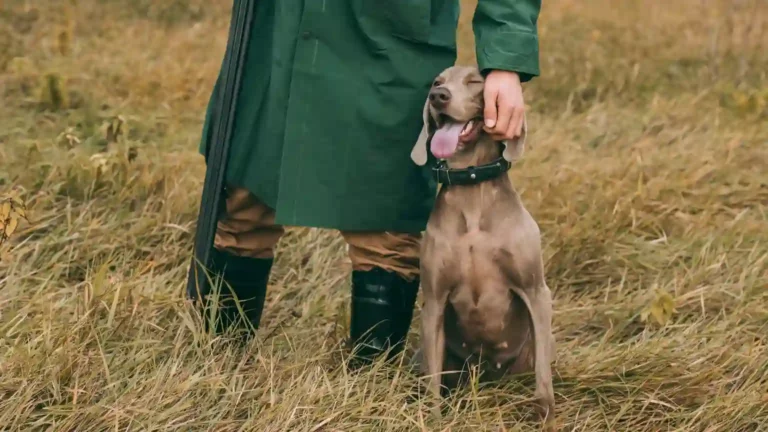
Hunting is pure joy for your four-legged friend. He will only give it up on one condition: he must be able to respond to another stimulus instead.
His usual treats are not enough. He needs real rewards. What those are depends on what your pet likes.
This can be intense petting, verbal praise, a toy, or something else entirely.
1) Teach Your Dog Basic Commands
Before a dog can learn to control his hunting instinct, he must learn to control himself. This can be accomplished through exercises such as "Sit", "Stay" or "Wait".
A dog that will not even listen to a recall under normal conditions will obviously not do so in a hunting situation.
Basic obedience is essential to successful anti-hunting training. Your dog should know the basic commands such as "sit", "down", "off", "heel" and "stay".
It is best to start basic training as a puppy. Is your dog an adult? Don't worry, even older dogs can learn basic commands with ease.
Practicing the Commands
Reinforce the desired behavior: For example, if you say "down" and your pet immediately lies down, reward him. This can be a lot of petting, verbal affirmation, his favorite toy, or a treat.
Practice the basic commands at every opportunity in the house, yard, and out and about. Rewards show your dog that being obedient is a good thing.
The more you practice with your dog, the more obedient he'll become. The goal is to get your pet to listen to you even when distracted.
Train the 'Stay' Command
Has your dog learned the "Sit" command? Very good! Stay" is the next challenge.
The best place to train your dog is at the dog park. The goal is to increase the amount of time your dog stays in the "down" position.
- Give the command: "Down!"
- Take a few steps away from your dog. Your dog should be still.
- Then walk around it or hop on one leg.
- Repeat these steps over and over again. Leave the leash a little longer with each exercise.
- Place the line on the ground.
- If your dog still stays down, try the exercise without a leash.
If you've gotten this far, try the exercise in a different location.
2. Be Active Together + Strengthen the Bond
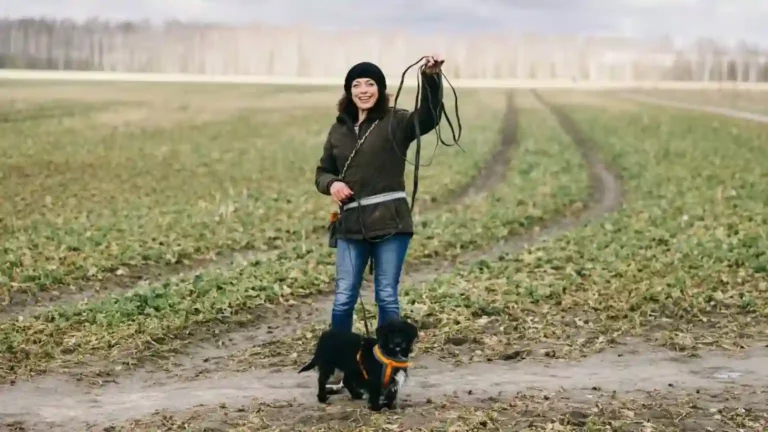
Your pet wants to be busy. This includes being mentally and physically challenged. Think about how you can make your time together as exciting and challenging as possible.
Then your furry nose can show what it is made of. Head and body are challenged. At the same time, endurance and agility are required.
Various dog sports are eligible:
- 'Fetch!'
- Mantrailing
- Prey Dummy Fetching
- Canicross
- Agility exercises
Dog sports can actually help control a dog's hunting behavior, but not necessarily "reduce" it in the traditional sense. Here are some reasons why and how dog sports can help:
A dog that is physically active is less prone to undesirable behavior. Agility is an intense sport that requires a lot of energy.
Agility training teaches the dog to focus on obstacles and the owner's commands. This ability to focus can help the dog better ignore distractions that could trigger the hunting instinct.
Dog sports promote the bond between dog and owner. A dog that has a strong bond with its owner will be more likely to obey commands, even in situations where the hunting instinct is aroused.
Agility allows dogs to learn fast movements in a controlled environment (such as running quickly through a tunnel or jumping over obstacles) without associating these movements with hunting behavior.
Positive reinforcement is often used in dog training. This can help shift the dog's attention from hunting instincts to positive behaviors.
It is important to emphasize that while dog sports offer many benefits and can help control hunting behavior, they do not necessarily eliminate the dog's need to hunt.
Instead, it provides an alternative method of redirecting the dog's energy in a positive direction. Some dogs with a pronounced hunting instinct still require special anti-hunting training to effectively control this behavior.
Bond With Walks
When you walk your dog off leash, does he go away? Hide! He will notice that you are suddenly gone and start looking for you. After that, he will be much more attentive to you.
Please practice this trick only on routes that your dog already knows well. Otherwise, your disappearance may panic your dog and he may run away.
This exercise will make your dog "look" more often and regularly check that you are walking in the same direction. This reinforces the development of eye contact and reassurance as you walk together.
This little exercise will improve the bond between you.
Offer Alternative Behaviors
Instead of chasing something, the dog can be taught to turn to the owner or fetch a specific toy.
- Distancing: The dog is gradually introduced to the stimulus (e.g. a running animal), starting at a distance where it can still be controlled. Over time, the distance is reduced while the handler makes sure that the dog does not run after the animal.
- Distraction: Teaching the dog to distract itself from a stimulus and focus on something else can help reduce chasing behavior.
- Positive reinforcement: If the dog ignores the stimulus or performs an alternative behavior, it is rewarded, often with treats or toys.
3) Use a Long Leash
As long as your dog is still chasing rabbits, deer and other animals, a combination of chest harness and long leash useful. Make sure that both are as tear-resistant as possible.
The long leash allows your dog to move freely. At the same time, it keeps him close to you. It helps you to better control and practice the recall signals "Stop," "Here" and "Continue.
If you make it before he jumps on the leash, praise him lavishly and give him a treat or his favorite toy.
Prepare a Whistle Just in Case
To be on the safe side, take a dog whistle with. If your dog is chasing an animal, it will move away from you. Even if you call loudly, your dog may not hear you. In this case, happiness hormones shoot through his body.
Remember: Hunting is a reward in itself. A very loud voice and the sound of a dog whistle bridge greater distances.
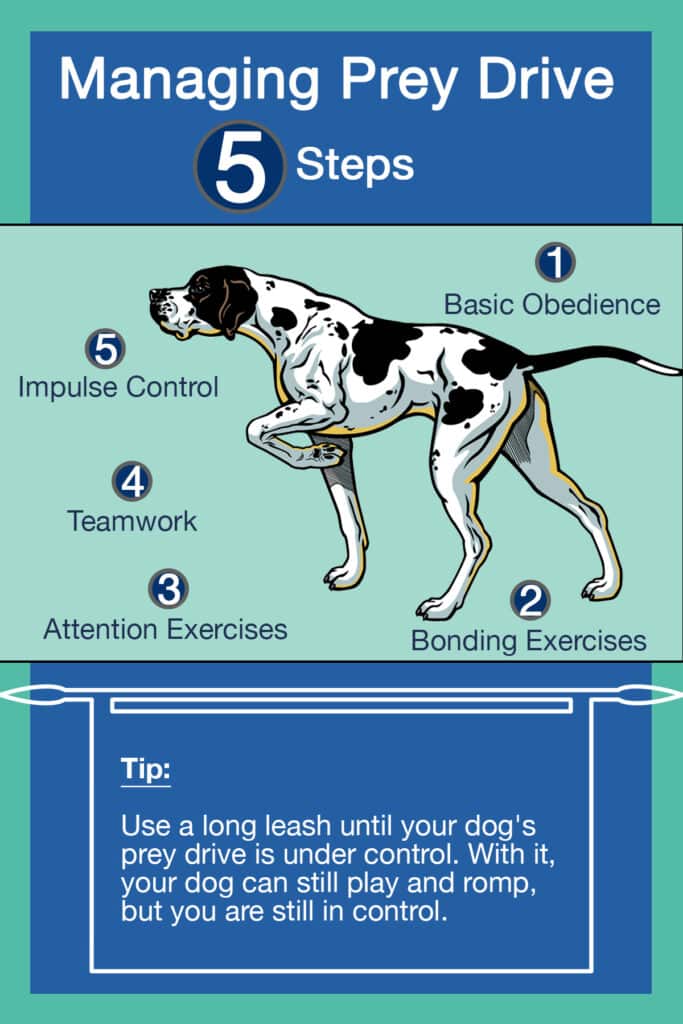
Conclusion
Please remember that a dog's hunting instinct cannot be trained. The hunting instinct is a natural instinct in many dogs.
However, with patience, consistency, and proper training techniques, this drive can be controlled and redirected in a positive direction. The goal is to show the dog that there are other interesting stimuli available.
It is important to understand the dog's needs and offer alternatives to ensure a safe and harmonious coexistence.
Anti-hunting training is an exercise that requires a lot of patience and consistency, as it can last for months. Even after that, the exercises must be repeated regularly to keep the dog's hunting instinct under control.

My name is Anja Boecker and I am a dog trainer and behavior consultant (IHK certificate). With these articles I would like to help you understand your dog better and build an inseparable bond.
Share Now:

